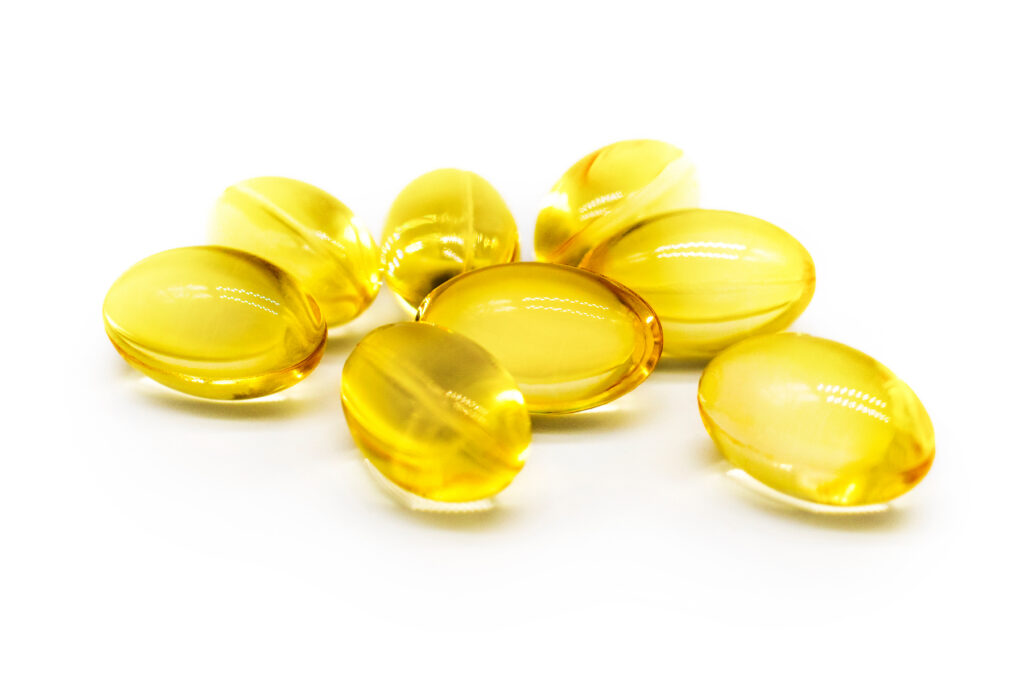Drs. Ted Rosen and Neal Bhatia discuss recent study data that suggest patients treated for actinic keratosis who take oral vitamin D3 have an improved response to photodynamic therapy (PDT) treatment.

Ted Rosen, MD, FAAD
Professor of Dermatology, Baylor College of Medicine, Houston, Texas

Neal Bhatia, MD
Therapeutics Dermatology, Director, Clinical Dermatology, Therapeutics Clinical Research, San Diego, California
“PDT with aminolevulinic acid dehydratase (ALA)-d as a sensitizer and use of blue light as an activator compares favorably to cryosurgery and topical 5-Fluorouracil (5-FU) in terms of medical lesion clearance, shorter duration of therapy, tolerability, and recovery time. However, PDT has still not been very widely adopted, primarily because of intraprocedural pain and the necessity to perform the procedure twice in order to obtain equivalent lesion clearance rates,” said Ted Rosen, MD.
As a result, the goals have been to reduce pain associated with PDT and enhance its therapeutic efficacy, said Dr. Rosen.
“This study was intended to demonstrate a PDT protocol which would satisfy these two goals.”
The prospective, nonrandomized intervention group in this study received a previously reported “painless” PDT regimen of near immediate blue light irradiation (<15 minutes from the time of photosensitizer application) for 30 minutes, following application of the ALA-d photosensitizer. All lesions underwent brief debridement with fine sandpaper beforehand, according to Dr. Rosen.
The intervention group was given vitamin D3 (cholecalciferol), 10,000 IU daily for 5 days (normal serum 25-hydroxyvitamin D3 levels) or 14 days (low serum 25-hydroxyvitamin D3). “Low” levels of vitamin D were defined as <31 ng/dL, said Dr. Rosen.
“A matched non-intervention group received PDT in the same manner but did not receive any Vitamin D3 supplementation regardless of their pretreatment 25-hydroxyvitamin D3 level.”
The primary outcome measure was the percent reduction in AK, with a baseline of ten or more nonhypertrophic (Olsen Grade 1 and 2) AKs being required to enroll in the study. Secondary outcomes included pain during treatment and adverse events occurring after therapy, said Dr. Rosen.
“Both groups had 29 evaluable subjects each, mostly male, and with a mean age just over 70. The overall percentage clearance without oral cholecalciferol was 54.4%, but in the intervention group, the clearance rate after just a single treatment rose to 72.5%, an 18% increase (statistically significant).”
There were too few patients with scalp lesions to draw definitive conclusions, but it appeared as if the pre-PDT vitamin D supplementation was not as effective at increasing the lesion clearance rate on the scalp as on the face, said Dr. Rosen.
“No patient in either group experienced significant pain during PDT, nor any major side effects afterward.”
It is theorized that vitamin D may augment PDT results by upregulating intracellular production of protoporphyrin IX, leading to a more uniform response amongst the abnormal cells. It is also possible that the addition of vitamin D enhances anti-tumor immunomodulatory responses, according to Dr. Rosen.
Yet Questions Remain
Neal Bhatia, MD, has questions about the benefits of adding vitamin D3 to treatment, based on the study.
“Topical vitamin D has been linked to the induction of thymic stromal lymphopoietin (TSLP), which activates cellular immune responses against AKs. Topical 5-FU and topical calcipotriol have caught on for that reason.”
It’s an interesting idea but high doses of oral vitamin D brings up an issue of concern, said Dr. Bhatia.
“The problem with vitamin D is that it can sometimes serve as an antioxidant, and that’s counterintuitive to PDT because you want reactive oxygen species and normal oxygen tension for PDT to be successful.”
While it might not make sense, intuitively, to give high doses of vitamin D internally because of the antioxidant potential, the induction of immunity against the oncogenesis process with vitamin D does make sense and may counter the vitamin’s antioxidant potential, said Dr. Bhatia.2
“But to me, the delivery of vitamin D into the skin inherently is less when you take it orally than when it is applied topically. And AKs are much more superficial in the epidermis, so I don’t know how that would make sense that it would work.”
According to Dr. Bhatia, it’s hard to tell if the additional vitamin D really had an effect because having 29 patients who achieved clearance was, in reality, not that much better than the untreated group. However, it is a great proof of concept trial and should stimulate more thought, he said.
“The other question I have is if you look at the conclusion—[vitamin D pretreatment] significantly improves the AK clinical response and tolerability—I don’t know how clinically vitamin D would improve tolerability. It’s not going to mitigate the local skin reactions like antihistamines do.”
PDT for Chemoprevention
PDT is underutilized in dermatology for acne and, especially, chemoprevention, according to Dr. Bhatia.
“The field effect of PDT and what it does to the process of sun damage, impacting future AKs, is far superior to that of liquid nitrogen. Liquid nitrogen just treats what you see. PDT combines the benefits of topicals and liquid nitrogen in one treatment.”
Not wanting to take on the overhead and believing you don’t have time to treat patients with this technology is shortsighted, said Dr. Bhatia.
“PDT is still the best agent for chemoprevention we have. I think dermatologists should be using PDT almost routinely for high-risk AK patients who have a lot of surface area, like on the extremities or on the scalp. They should also be using it on patients with a high risk of AK recurrence.”
“And if dermatologists want to try pretreating with vitamin D, it’s not going to hurt anybody. It’s just another tool in the toolbox to make PDT more tolerable and better—just like with antihistamines and other pretreatment adjuncts like retinoids, imiquimod, and things like that.”
References:
Bullock TA, Negrey J, Hu B, et al. Significant improvement of facial actinic keratoses after blue light photodynamic therapy with oral vitamin D pretreatment: An interventional cohort-controlled trial. J Am Acad Dermatol. 2022 Jul;87(1):80-86. doi: 10.1016/j.jaad.2022.02.067. Epub 2022 Mar 18. PMID: 35314199; PMCID: PMC9233022.
Cunningham TJ, Tabacchi M, Eliane JP, et al. Randomized trial of calcipotriol combined with 5-fluorouracil for skin cancer precursor immunotherapy. J Clin Invest. 2017 Jan 3;127(1):106-116. doi: 10.1172/JCI89820. Epub 2016 Nov 21. PMID: 27869649; PMCID: PMC5199703.
Disclosure: Dr. Bhatia is a consultant and investigator for Biofrontera and Sun Pharma.


